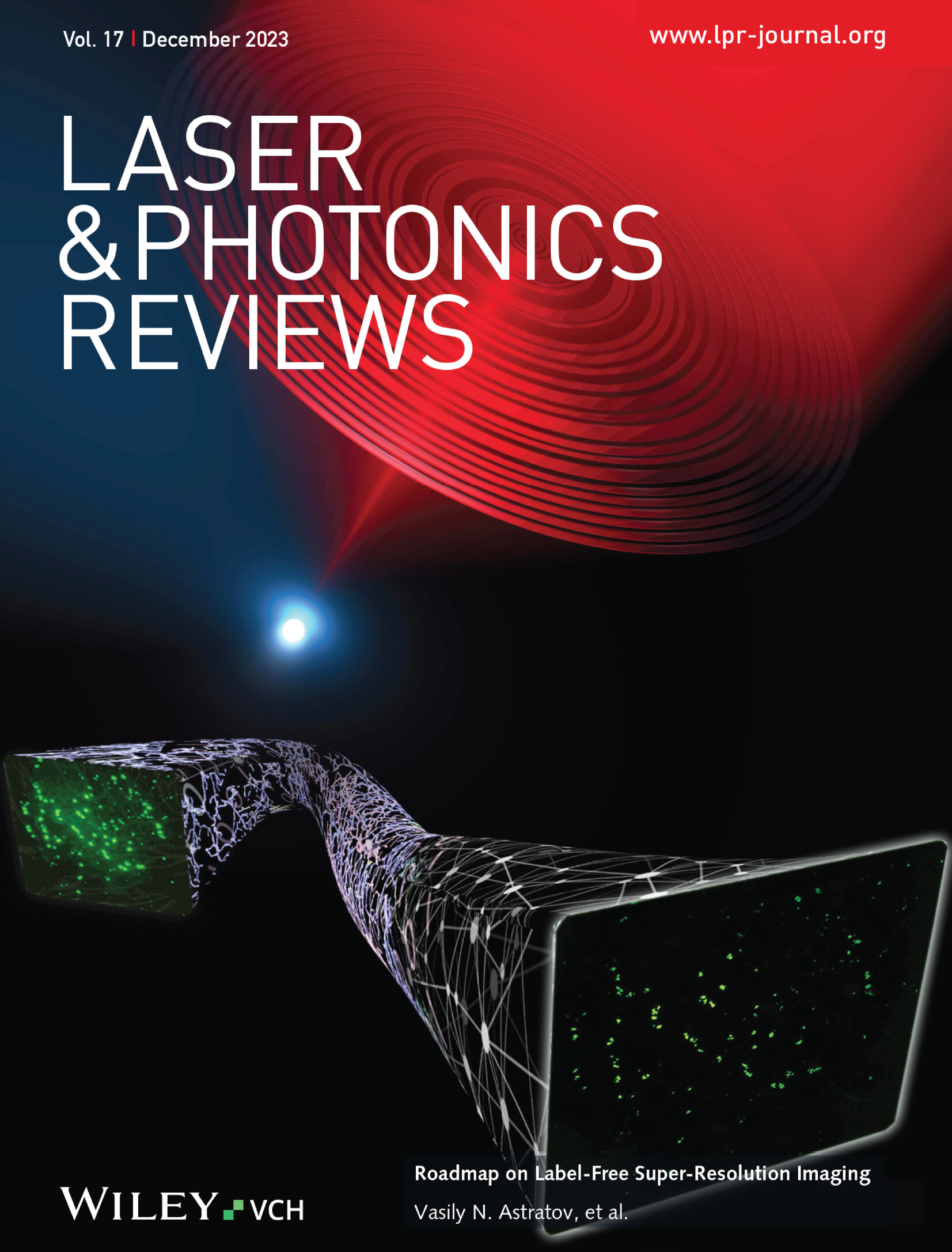Broadband Quantum-Junction Photodiode Achieving Ultralow-Noise Light Sensing
IF 9.8
1区 物理与天体物理
Q1 OPTICS
引用次数: 0
Abstract
Low-noise photodetectors hold immense promise for advancing weak-light sensing in cutting-edge applications such as health monitoring, intelligent driving, and military surveillance. Quantum-junction photodiode (QJPD), composed solely of light-absorbing quantum dots, are highly expected to overcome the noise limitation of conventional narrow-bandgap semiconductor photodetectors due to their inherent advantages of low hot carrier density as well as weak inter-dot electronic coupling. However, the targeted device engineering of QJPD remains a critical exploration area to fully unlock their low-noise potential. Here, a low-noise, broadband QJPD is proposed through the strategic incorporation of an ultrathin ALD SnOx layer. This SnOx modification efficiently suppresses the interfacial barrier, reduces the interface resistance and minimizes dark current of QJPDs. Consequently, SnOx-modified QJPDs achieve an ultralow noise current of 4.85 × 10−14 A Hz⁻1/2 and a specific detectivity exceeding 1012 Jones across a broad spectral range (350−1050 nm), significantly outperforming unmodified QJPDs (≈1010 Jones) and other n-i-p quantum dot photodetectors (≈109 Jones). SnOx-modified QJPDs enable high-accuracy blood oxygen saturation measurements using near-infrared light and real-time heartbeat monitoring under weak ambient light conditions. This work establishes a foundation for the development of low-noise QJPDs, underscoring their potential for weak-light detection in challenging environments with strong hindering and ambient light.

宽带量子结光电二极管实现超低噪声光传感
低噪声光电探测器在健康监测、智能驾驶和军事监视等尖端应用中推进弱光传感具有巨大的前景。量子结光电二极管(QJPD)完全由吸收光的量子点组成,由于其固有的低热载流子密度和弱点间电子耦合的优点,有望克服传统窄带隙半导体光电探测器的噪声限制。然而,QJPD的目标器件工程仍然是充分释放其低噪声潜力的关键探索领域。本文提出了一种低噪声、宽带QJPD,通过战略性地结合超薄ALD SnOx层。这种SnOx修饰有效地抑制了界面势垒,降低了界面电阻,最大限度地减少了qjpd的暗电流。因此,snox修饰的qjpd实现了4.85 × 10−14 A Hz(1/2)的超低噪声电流,在宽光谱范围(350 ~ 1050 nm)内的比探测率超过1012琼斯,显著优于未修饰的qjpd(≈1010琼斯)和其他n-i-p量子点光电探测器(≈109琼斯)。snox改进的qjpd可以在弱环境光条件下使用近红外光进行高精度血氧饱和度测量和实时心跳监测。这项工作为低噪声qjpd的发展奠定了基础,强调了它们在具有强障碍物和环境光的挑战性环境中进行弱光探测的潜力。
本文章由计算机程序翻译,如有差异,请以英文原文为准。
求助全文
约1分钟内获得全文
求助全文
来源期刊
CiteScore
14.20
自引率
5.50%
发文量
314
审稿时长
2 months
期刊介绍:
Laser & Photonics Reviews is a reputable journal that publishes high-quality Reviews, original Research Articles, and Perspectives in the field of photonics and optics. It covers both theoretical and experimental aspects, including recent groundbreaking research, specific advancements, and innovative applications.
As evidence of its impact and recognition, Laser & Photonics Reviews boasts a remarkable 2022 Impact Factor of 11.0, according to the Journal Citation Reports from Clarivate Analytics (2023). Moreover, it holds impressive rankings in the InCites Journal Citation Reports: in 2021, it was ranked 6th out of 101 in the field of Optics, 15th out of 161 in Applied Physics, and 12th out of 69 in Condensed Matter Physics.
The journal uses the ISSN numbers 1863-8880 for print and 1863-8899 for online publications.

 求助内容:
求助内容: 应助结果提醒方式:
应助结果提醒方式:


